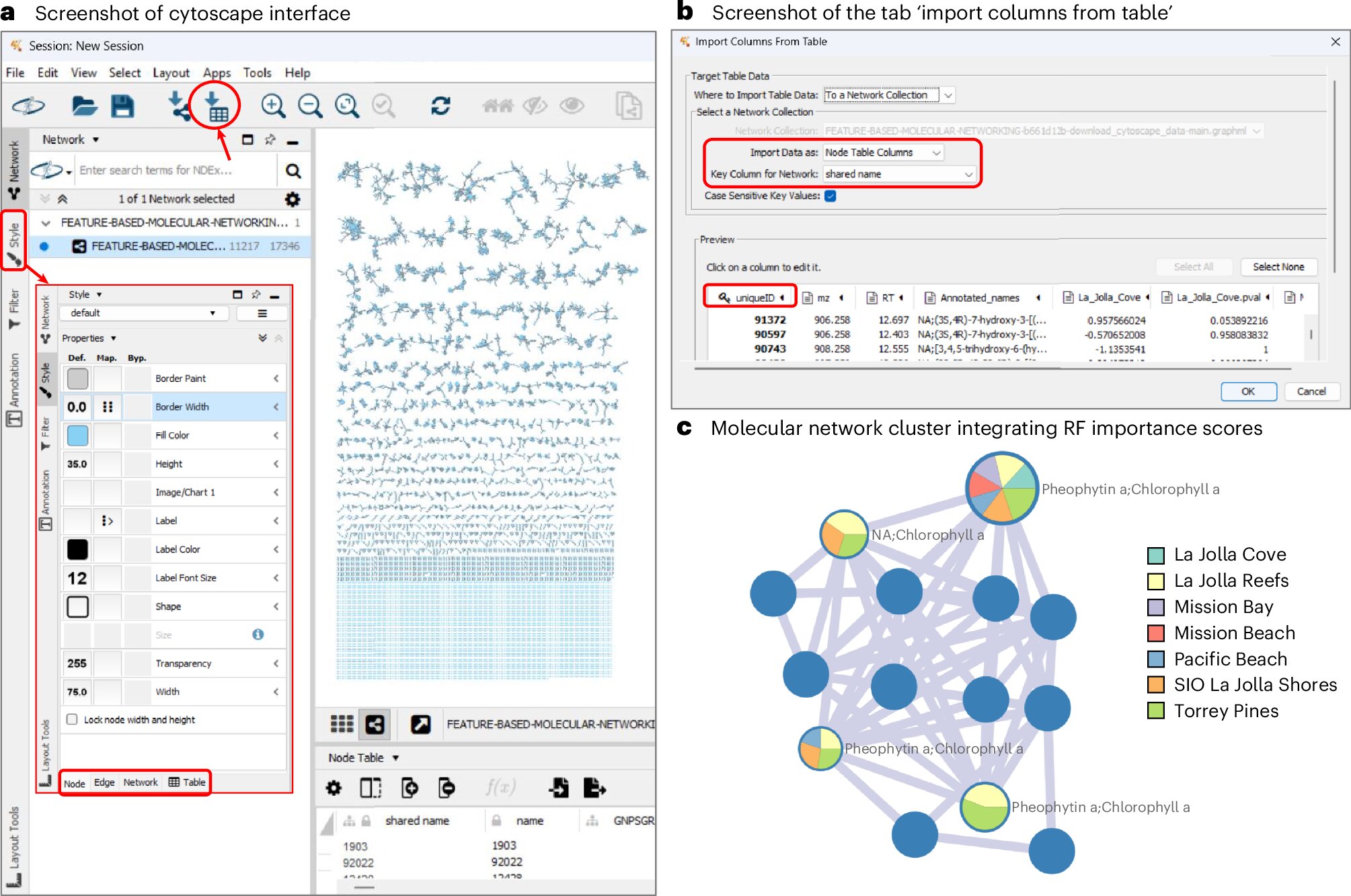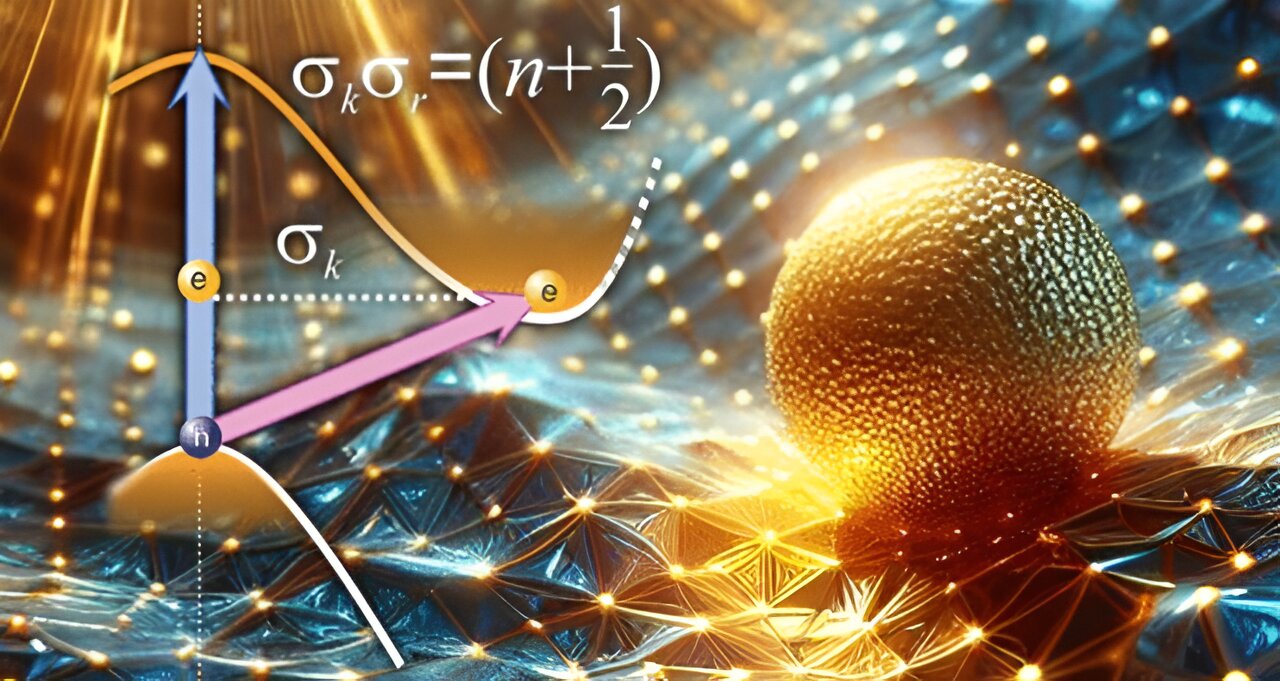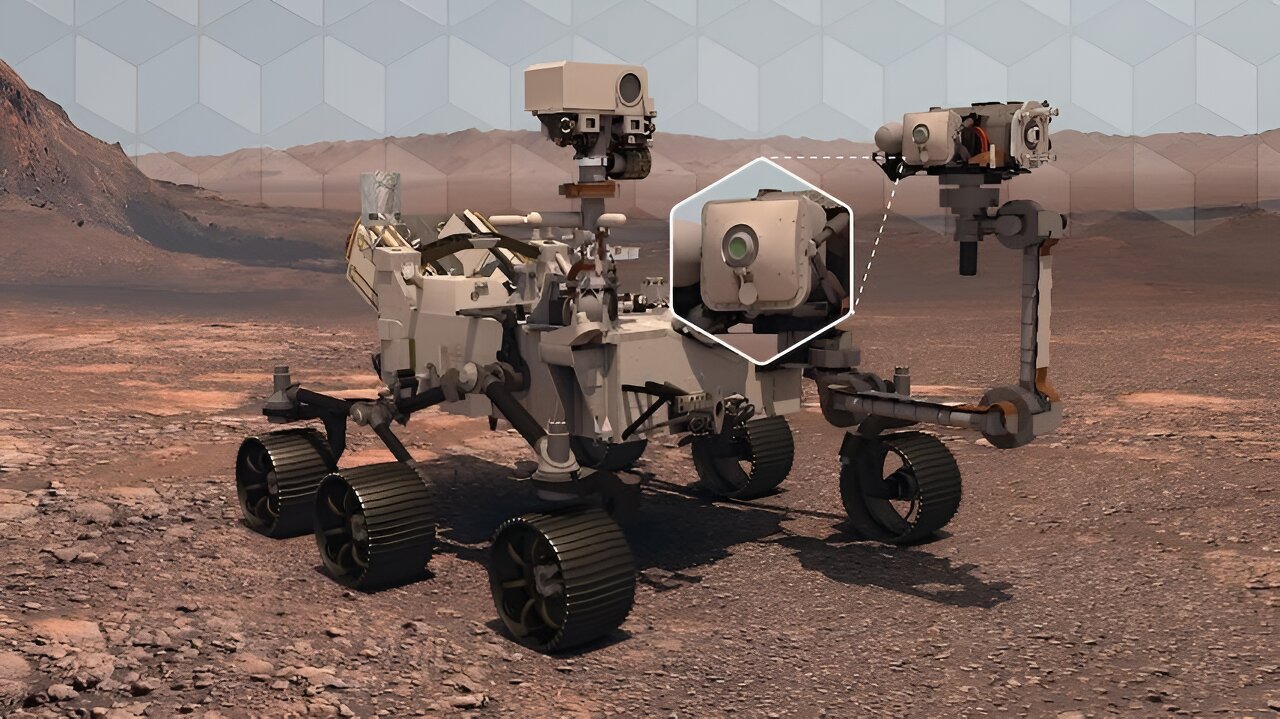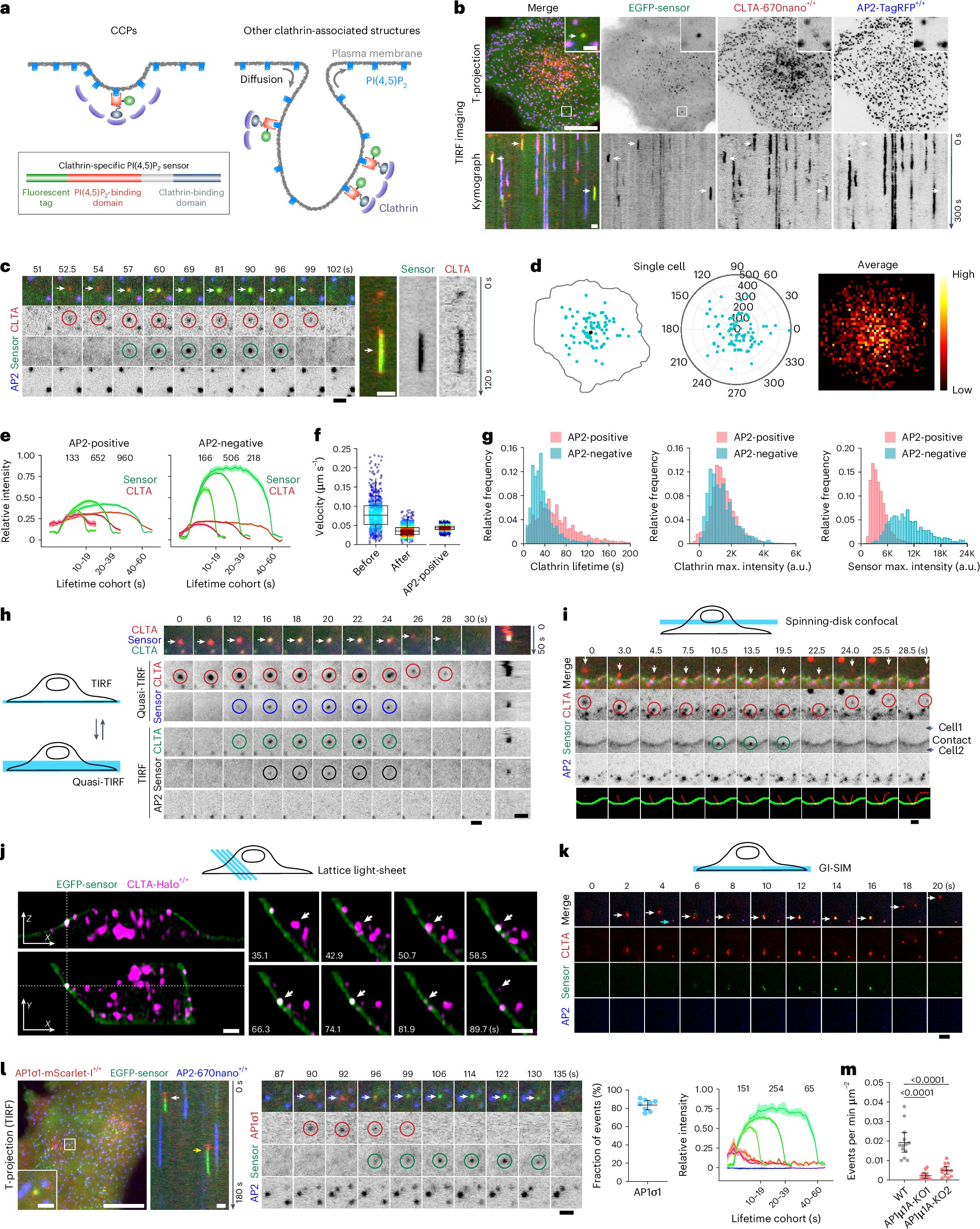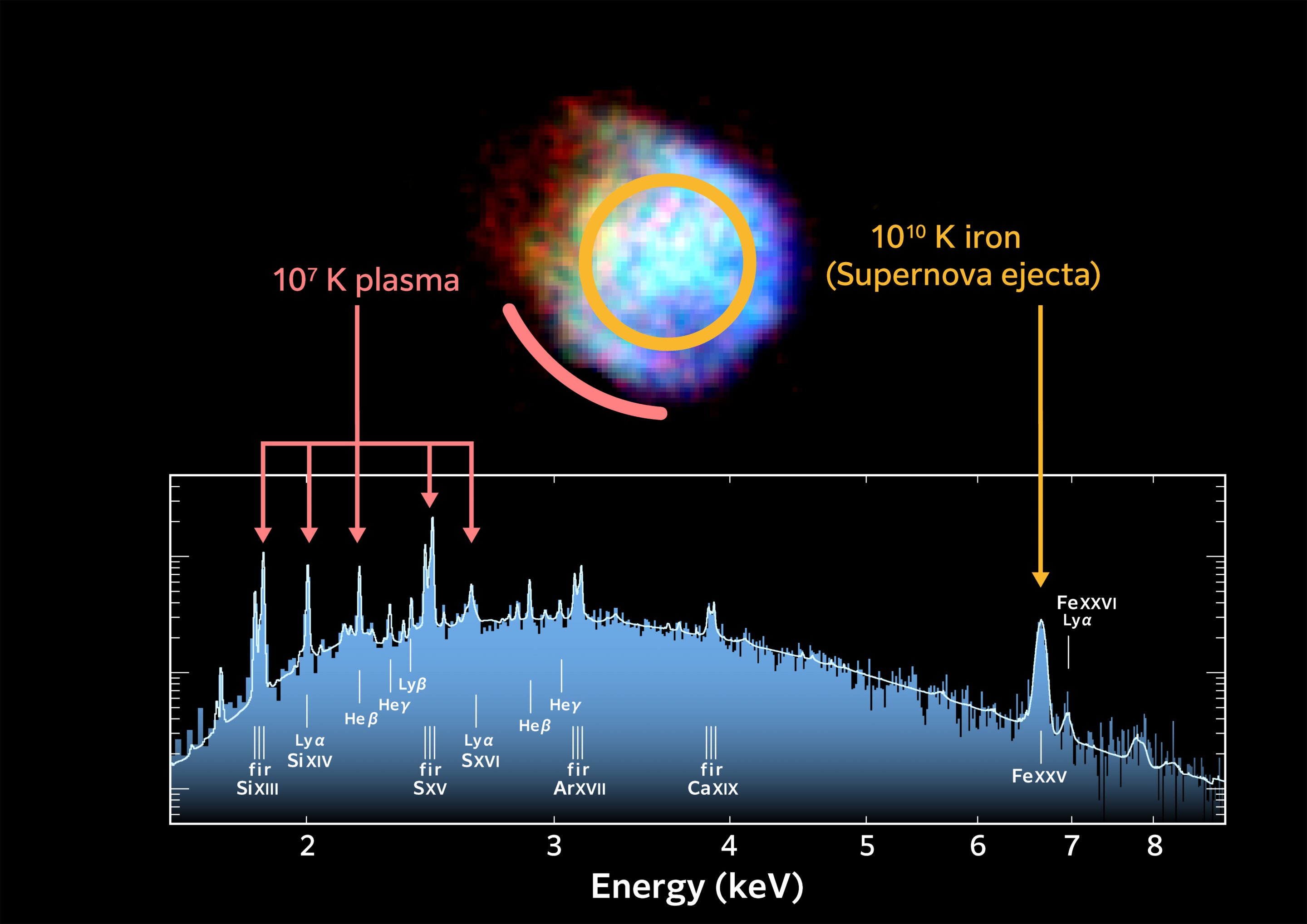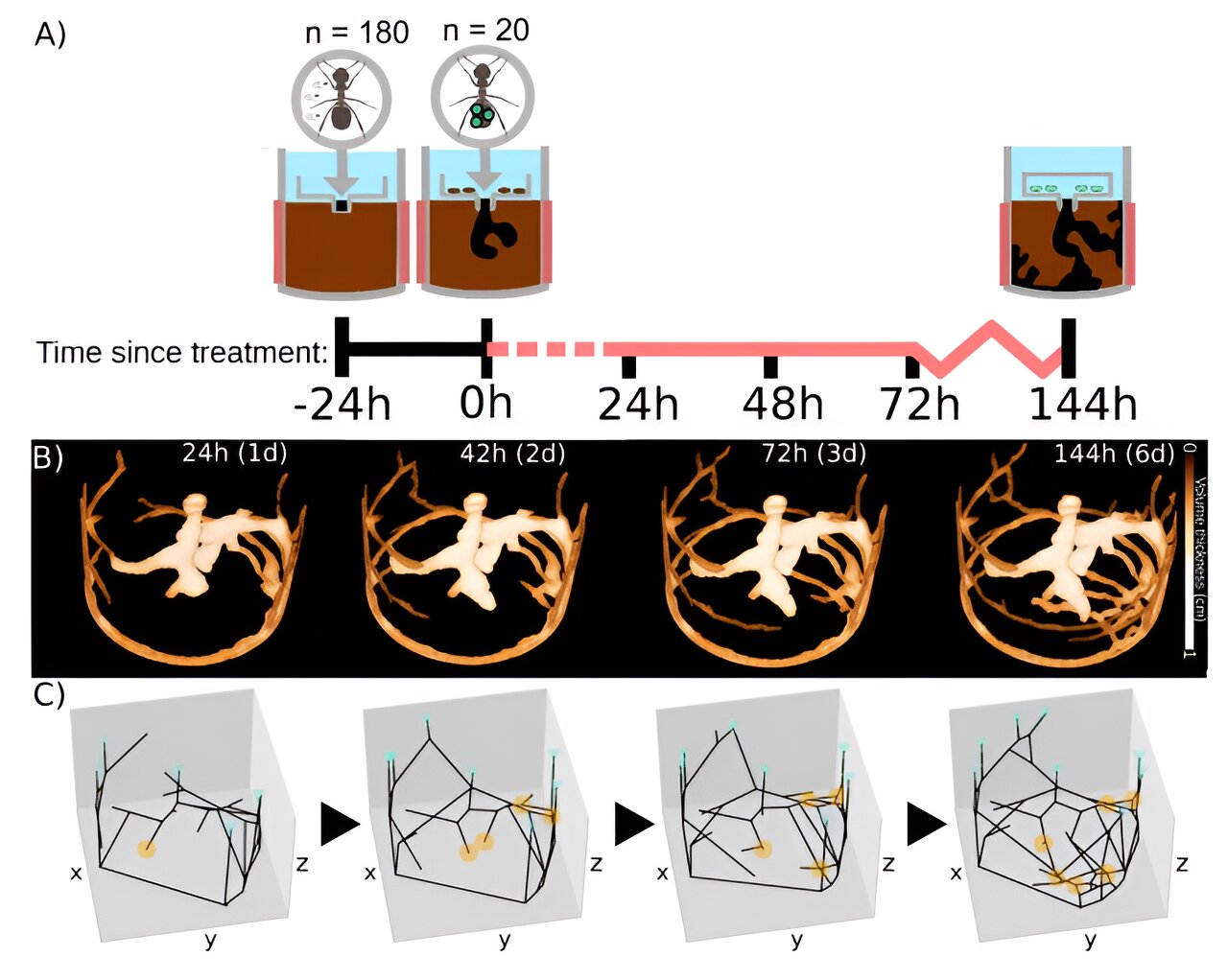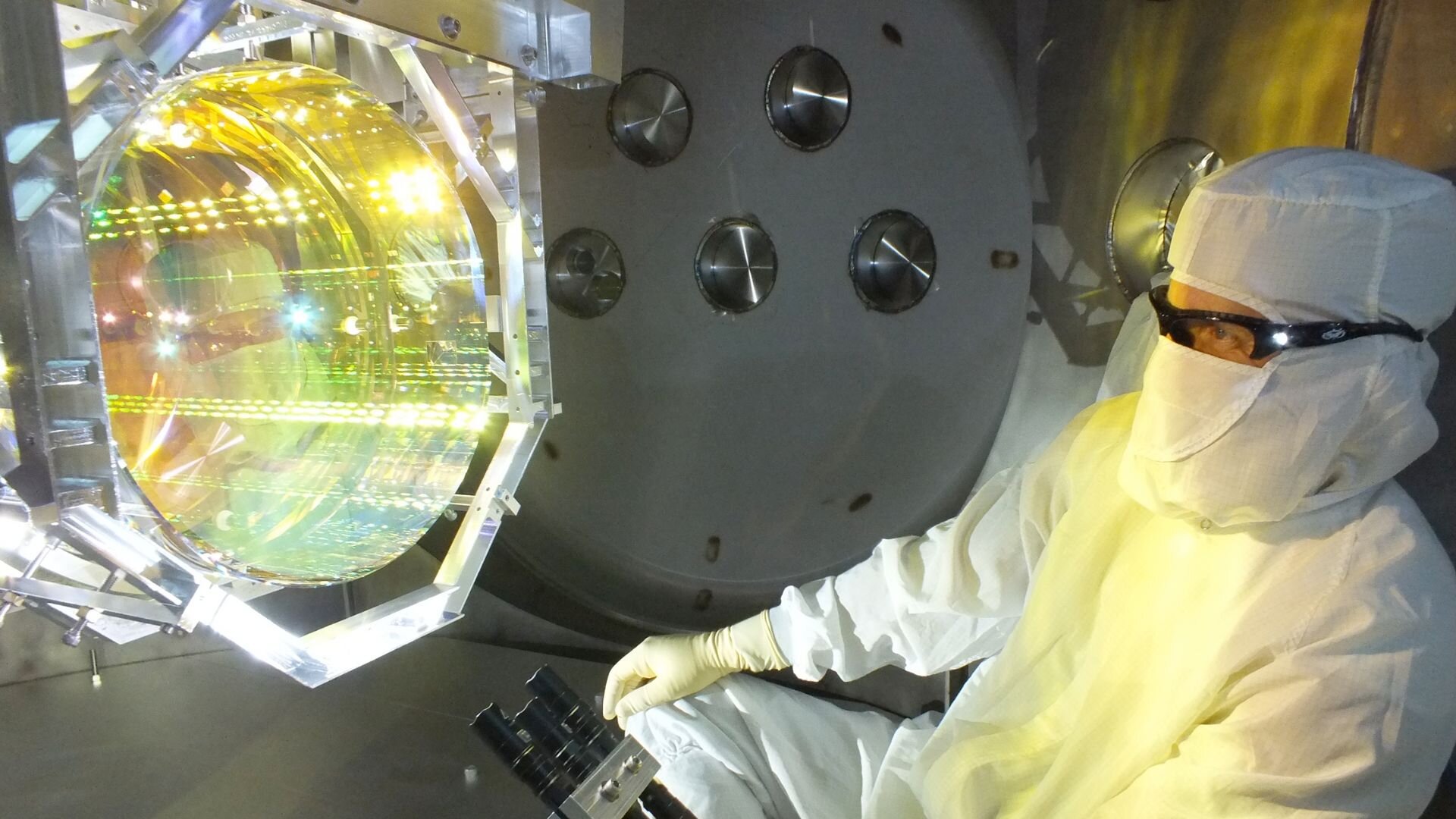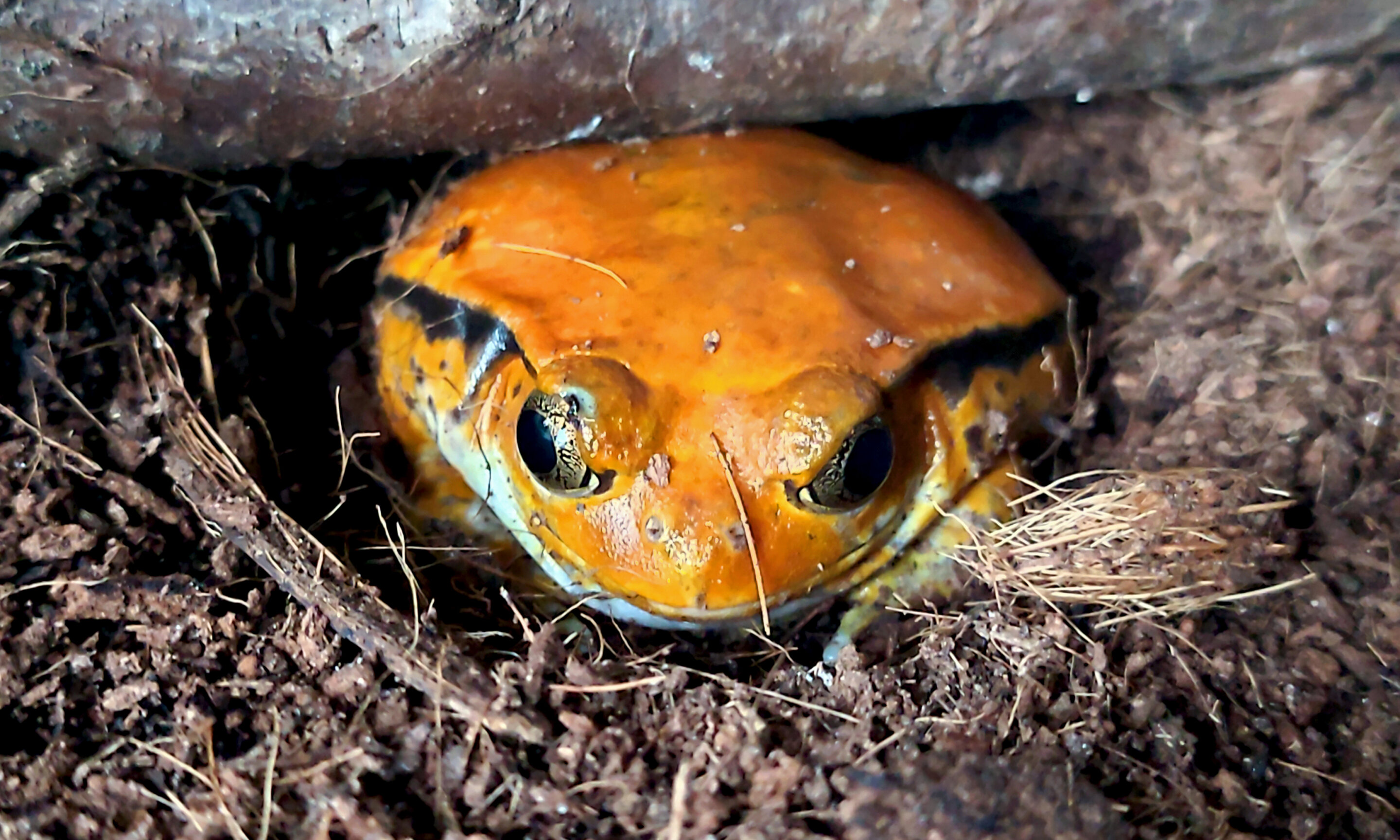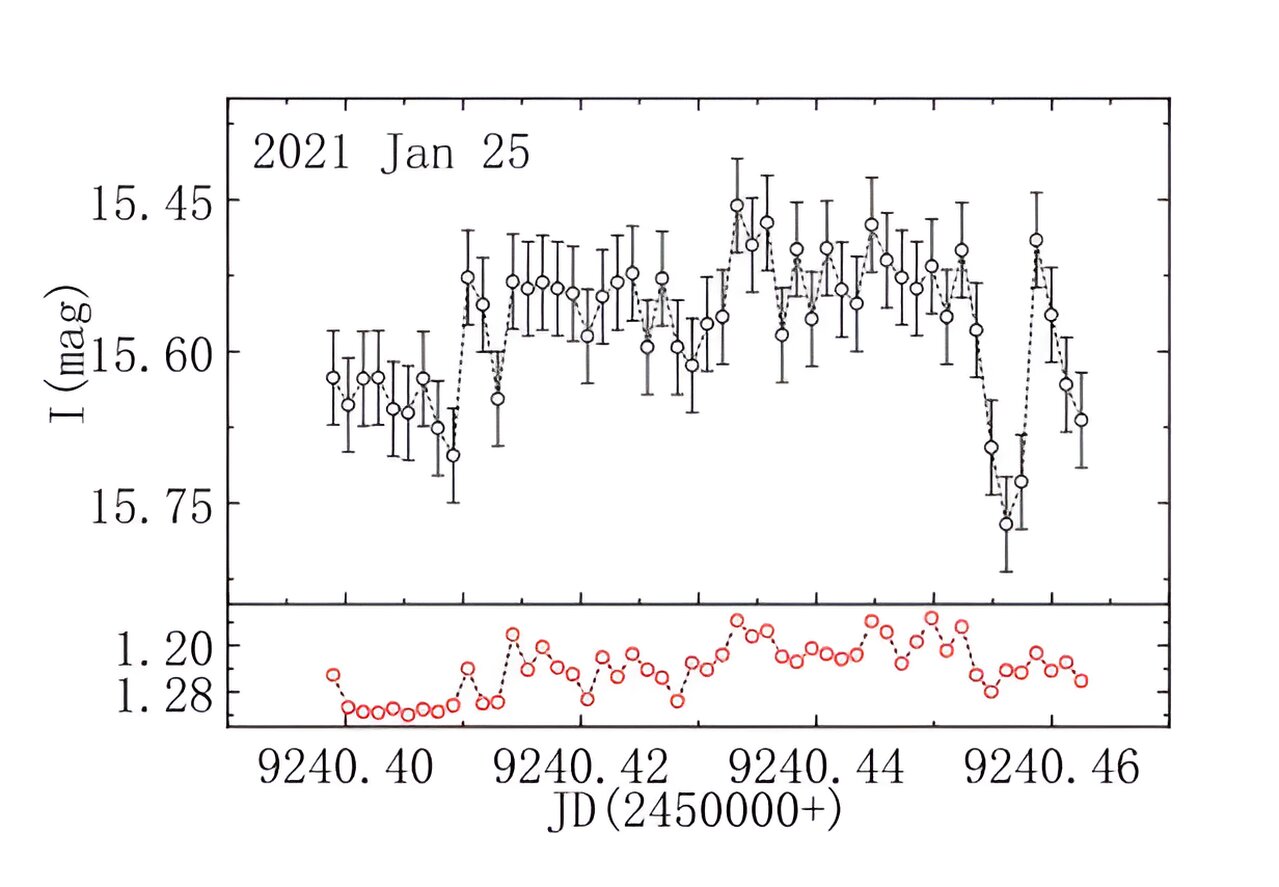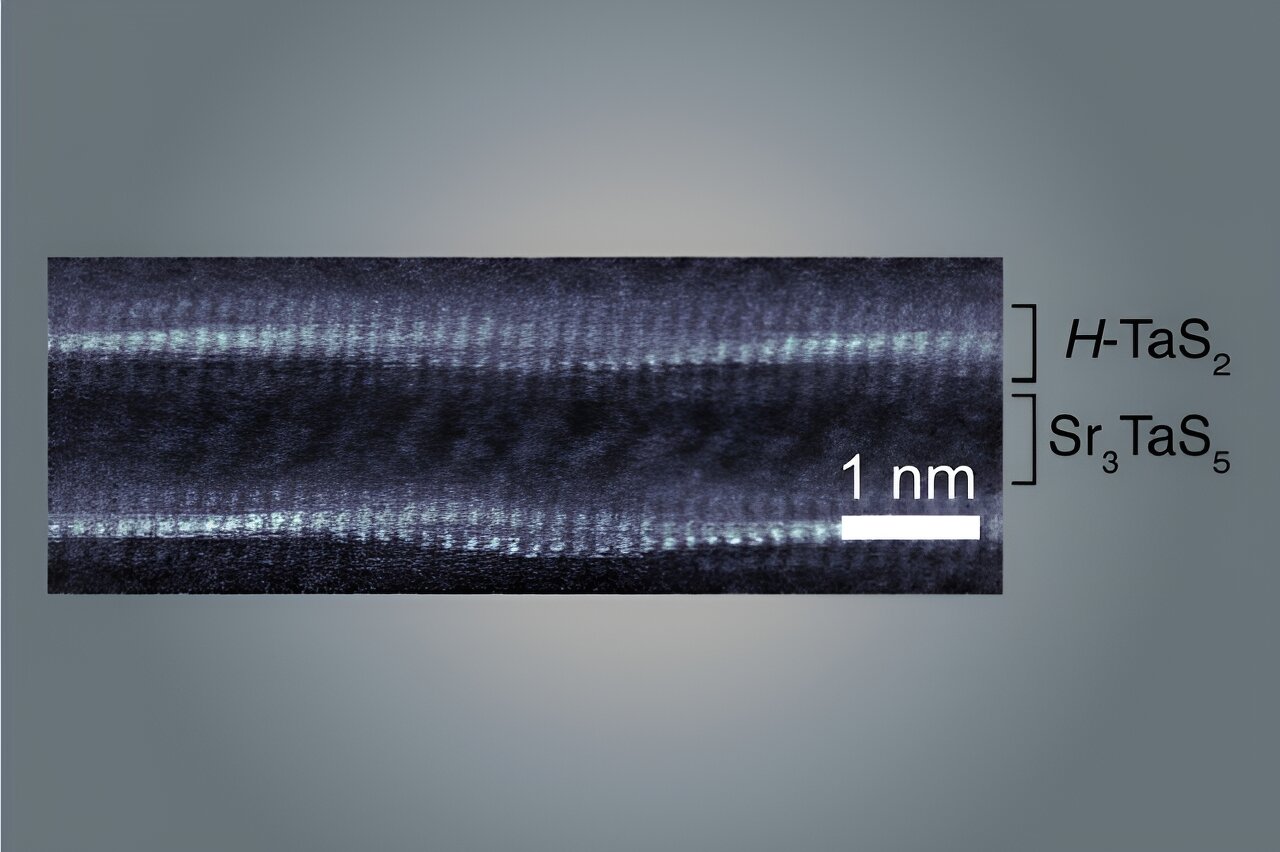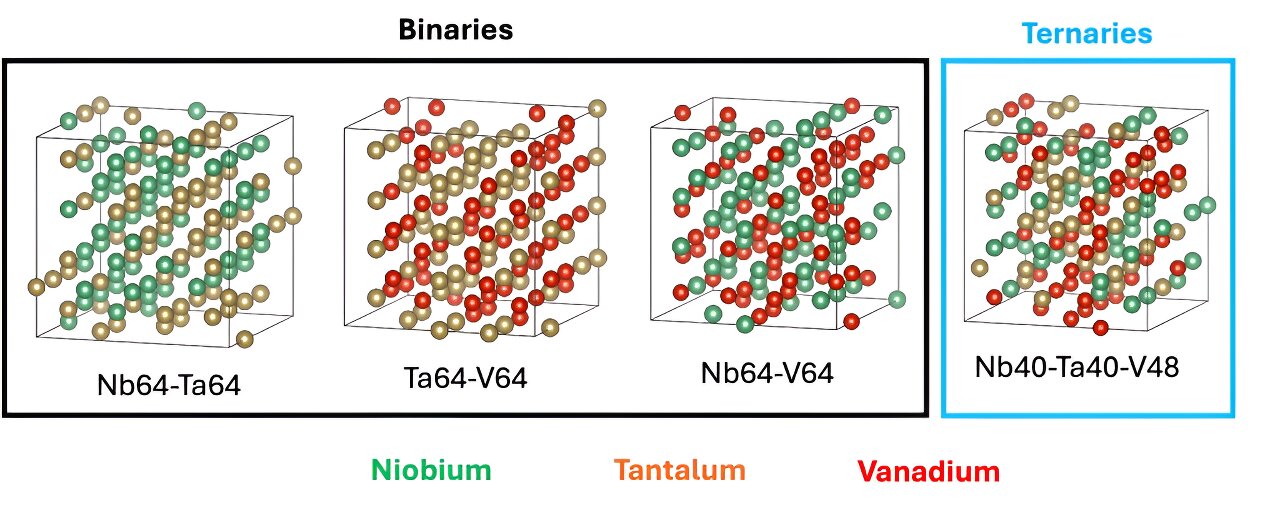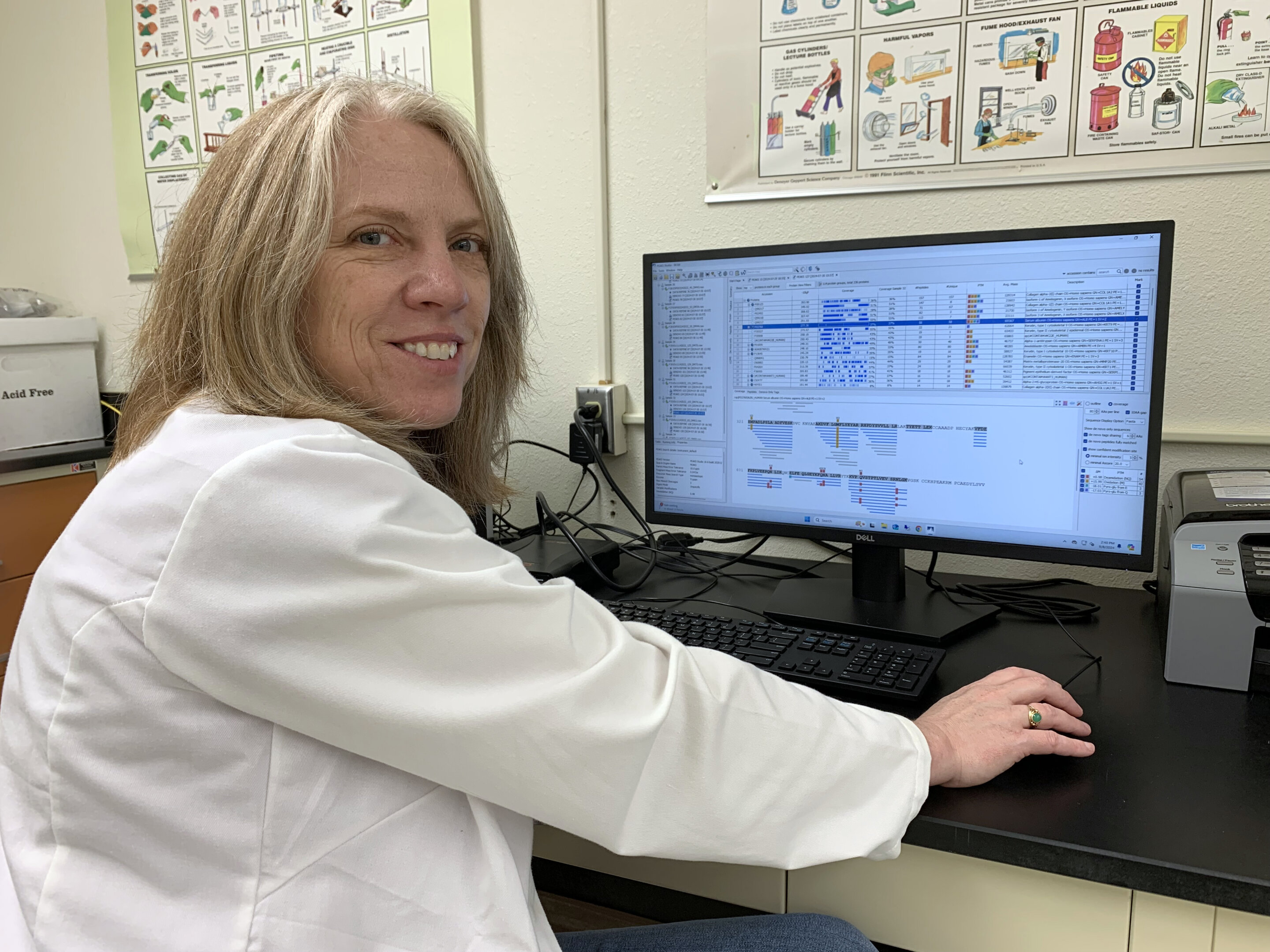Phys.org
- • 100%phys.org AI tools help uncover enzyme mechanisms for lasso peptides
Lasso peptides are natural products made by bacteria. Their unusual lasso shape endows them with remarkable stability, protecting them from extreme conditions. In a new study, published in Nature Chemical Biology, researchers have constructed and tested models for how these peptides are made and dem...

- • 100%phys.org Study reveals large ocean heat storage efficiency during the last deglaciation
As one of the largest heat reservoirs in the climate system, the global ocean absorbs more than 90% of the excess energy from ongoing anthropogenic warming. In the last century, the greatest warming in the ocean has occurred in the upper 500 m, with relatively weak warming in the deep ocean, corresp...

- • 100%phys.org Citizen science collaboration yields precise data on exoplanet WASP-77 A b
A planet swings in front of its star, dimming the starlight we see. Events like these, called transits, provide us with bounties of information about exoplanets—planets around stars other than the sun. But predicting when these special events occur can be challenging…unless you have help from volunt...

- • 100%phys.org A possible explanation for the 'missing plastic problem': New detection technique finds microplastics in coral skeletons
Researchers from Japan and Thailand investigating microplastics in coral have found that all three parts of the coral anatomy—surface mucus, tissue, and skeleton—contain microplastics. The findings were made possible thanks to a new microplastic detection technique developed by the team and applied ...
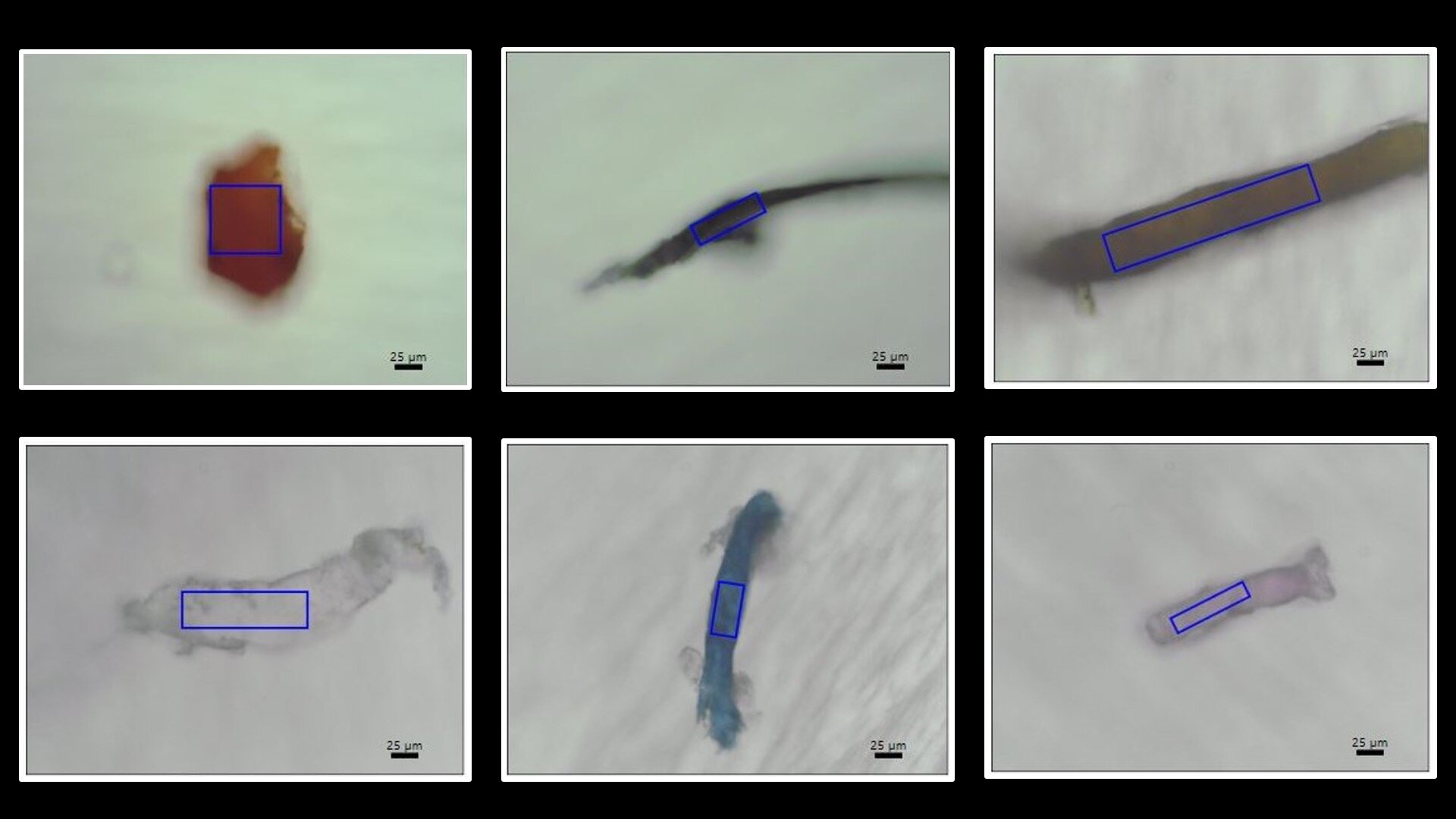
- • 100%phys.org Genome sequence analysis identifies new driver of antimicrobial resistance
Antibiotics are a lifesaving tool. Yet, due to their chronic overuse, microbes are evolving and developing immunity against them. As a result, once-effective medications can no longer stave off infections, complicating treatment and increasing mortality.

- • 100%phys.org Analysis of heterostructures for spintronics shows how two desired quantum-physical effects reinforce each other
Spintronics uses the spins of electrons to perform logic operations or store information. Ideally, spintronic devices could operate faster and more energy-efficiently than conventional semiconductor devices. However, it is still difficult to create and manipulate spin textures in materials.

- • 100%phys.org Harnessing exosomes and hydrogels for advanced diabetic wound healing
Diabetes, a widespread condition affecting approximately 13% of American adults, is often accompanied by complications such as impaired wound healing. If left unchecked, this can lead to severe outcomes, including the need for amputation.

- • 100%phys.org Double-edged STING: A new pathway involved in aging
A protein called STING, previously shown to control a pathway that contributes to antiviral signaling, also plays an important role in cellular stress clearance and cell survival, according to a new paper published in Molecular Cell.

- • 100%phys.org Recharging mitochondria—nanoflowers offer a new way to simulate energy production to improve aging ailments
When we need to recharge, we might take a vacation or relax at the spa. But what if we could recharge at the cellular level, fighting against aging and disease with the microscopic building blocks that make up the human body?

- • 100%phys.org New database covers distribution and evolutionary history of megadiverse flowering plant family on isolated islands
Asteraceae, a family of flowering plants, are the most diverse group of flowering plants in the world. This plant family comprises about 34,000 species. An international research team with the participation of the University of Göttingen has now compiled and analyzed a new global database on the dis...

- • 100%phys.org Magnetic micro spinbots can perform ultraprecise surface polishing and cleaning
A research team has unveiled an innovative technology for ultraprecision surface polishing and cleaning using simultaneously operating magnetic micro spinbots. These tiny robots, capable of nanometer-scale contaminant removal and polishing, offer a lightweight, scalable, and cost-effective alternati...

- • 100%phys.org Copper-based nanocapsules shown to enhance radiotherapy effectiveness
In a study published in Nature Nanotechnology, researchers discovered that cuproptosis may serve as a new target for radiosensitization in re-irradiation.

- • 100%phys.org How a bacterial pathogen that causes dysentery manipulates molecular activity to assure its survival
Virginia Tech researchers have learned how bacteria manipulate molecules to infect the host organism. Daniel Capelluto and his research team have discovered the mechanism by which the bacterial pathogen Shigella flexneri, the causative agent of dysentery, manipulates molecular activity to assure its...

- • 100%phys.org Mysterious Pacific Ocean sounds identified as a type of whale—a new AI app helps track them
A team of oceanographers and marine biologists from the NOAA Pacific Islands Fisheries Science Center and Oregon State University has identified a mysterious noise heard in the Pacific Ocean for two decades as the sounds of Bryde's whales.

- • 100%phys.org Oceanic life found to be thriving thanks to Saharan dust blown from thousands of kilometers away
Iron is a micronutrient indispensable for life, enabling processes such as respiration, photosynthesis, and DNA synthesis. Iron availability is often a limiting resource in today's oceans, which means that increasing the flow of iron into them can increase the amount of carbon fixed by phytoplankton...

- • 100%phys.org Greylag geese with similar personalities have higher hatching success, study suggests
Birds of a feather flock together but strong pairing in geese has been shown to produce better breeding results, according to a new study.

- • 100%phys.org Can captive tigers be part of the effort to save wild populations?
Captive tigers in the United States outnumber those living in the wild. The World Wildlife Federation estimates around 5,000 of the big cats reside in the U.S., mostly owned by private citizens.

- • 100%phys.org Are cows pickier than goats? Answers from innovative large-scale feeding experiments from 275 years ago
For his 18th century thesis, Carl Linnaeus collected 643 different plant species that were then fed to horses, cows, pigs, sheep and goats. The results were carefully compiled but not analyzed until now, 275 years later, when they were also published in the Biological Journal of the Linnean Society.

